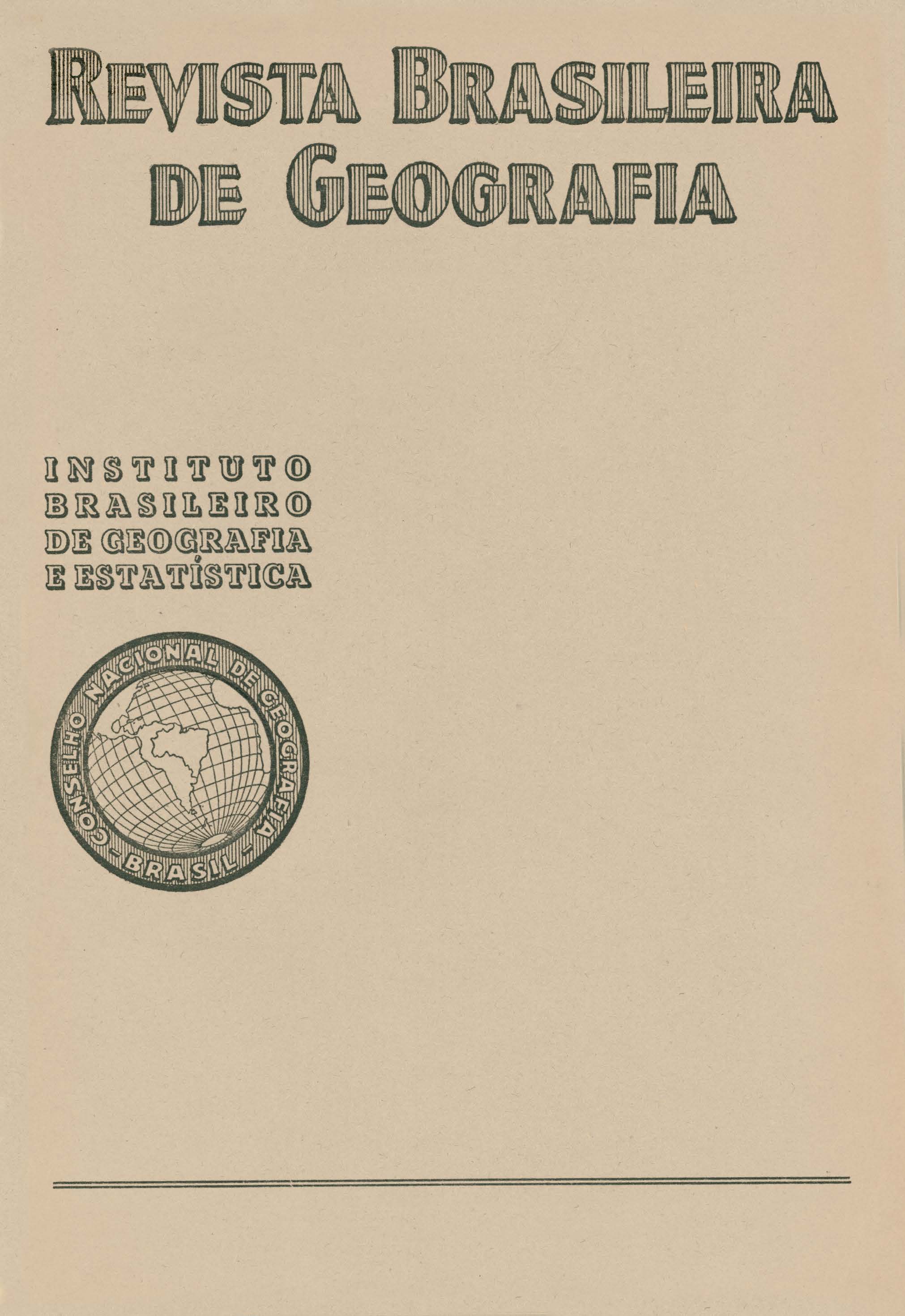Aspectos geográficos de um centro industrial : Jundiaí em 1962
Keywords:
São Paulo – Estado; Jundiaí – SP;, Industrialização;, Localização das indústrias;, Geografia econômica.Abstract
Among the majors cities of the State of São Paulo, Jundiaí (80 000 inhabitants 1960), possess a little centrality, by excluding the capital and its suburbans municipalities, it is the second in the State relative to the occupied peoples in the industries and in the force consumption and the third relative to the value of the industrial production.
Jundiaí belongs to a series of cities like Campinas, Americana, Santa Bárbara of West, Limeira, Piracicaba, and everyone with a traditional industrial function, placed along the railroad axle of the Companhia Paulista de Estrada de Ferro. The periods of greater industrial intensity of the country, they had reflected in these urban centers, appearing so in the locals initiatives, as well as in the enterprises provided of the São Paulo's capital and also of the foreign countries. The tradition mechanical and metallurgical are a common ballast to ali those important centers of the region. There had being installed the foreign immigrants in the small offices, and the railroads had increase very much the progress of the mechanical industry across the repairs offices. In Jundiaí the installation of the "Paulista's" office had printed a remarkable character to the quality of it handwork. Now, the secondary activity constitutes itself in a principal element of the "Paulista Industrial Region", that is a consequence of the spacial directions which had took the actual impulse of the industrialization since the "Paulistana" capital, in the 1950-1960 decade.
Inside of that region, Jundiaí is the much closer to the "bandeirante" metropolis (60 km). That proximity made Jundiaí in the present and in the past. The physics accident - mountainous obstacle that is placed between the two cities - enclose Jundiaí spatially, at the "Paulista's" region. Created in the classical patterns of agglomerate behind a mountainous obstacle, the people of N. S. do Desterro of Jundiaí had represented the point of support of the "bandeirante" circulation. Even suffering the competition of Campinas and being surpassed by it, in the phase of importance of the coffee cultivation, Jundiaí had stayed as a principal communication point, place chose, for the first railroads outlines. While the lines of the capital grew to the interior, because it was an obligatory way, Jundiaí became nearly São Paulo and Campinas, that fact was reflected over its urban and economical development, placed under the dependence so much bigger relative to the bandeirante metropolis. If Jundiaí, because of its point of view of the landscape marks the outset of the regional staff organized by the industrial activity - the "Paulista's" industrial region from the point of view of its own actual contents, is a center which the development is completely dependent, of the manager action of the metropolis "paulista".
The railroad introduction in the end of the past century it become easy the internalization of the raw materials and machinery; the investments it comes from others places of outside, in the contrary of the locals initiatives verified in the others cities of that region. In the period of the first war emerges diverse textiles offices, the fruit of the foreign investments. And, in 1930 when the Second War period the alimentary industries had grew, beyond the new textiles; and appears others locals enterprises and, more commonly capitals from São Paulo, they start to make Jundiaí the prolongation of their manufacturer activities. After the opening of the Anhanguera way in 1948, we observe the emphasis in the organization of the mechanical industries, including the heavy mechanic and metallurgical, reflecting what occurs at the metropolitan center, with a crescent flux of machinery and foreign capital, The enterprises belongs in great part to the groups of strong financier concentration which have others business or industries. From 1950 and 1960 it was observed the diminution of the textile factories and the increase of those mechanical, metallurgical and also the introduction of the industries of electrical material and of rubber latex. It will be accentuated the diversified industrial character of Jundiaí.
The phases of Jundiaí's industrialization had accentuated its dependency. After de Second Great War period the foreign enterprises had took the character of satellite nucleus of the region, projecting its ties to an international plan. The results were the approach of these economical snares with São Paulo, the place of operations, offices and deposits of the redistribution of the governmental organs.
Jundiaí is the satellite center and have transformed their neighboring agglomerations in dormitories nucleus. The industrial activity it constitutes itself a special element of the actual organization of the urban space in Jundiaí. The actuality of the industrial implantation, consists in a great increase of that space, with profound influences over the plan the city, distribution of services and circulation.
The crescent industrialization ha\'e the problems of: electricity, water, specialized hand labor.
The populational increase, specially by the immigration of familiar type marks the diversification of the industrial center of Jundiaí, favoring the smalls industries that becomes possible the opportunity to employ with the distribution more uniform of groups by sex and age. The city find also perspectives of a greater urban progress, although it seems destined just to have a limited projection as a regional center.






